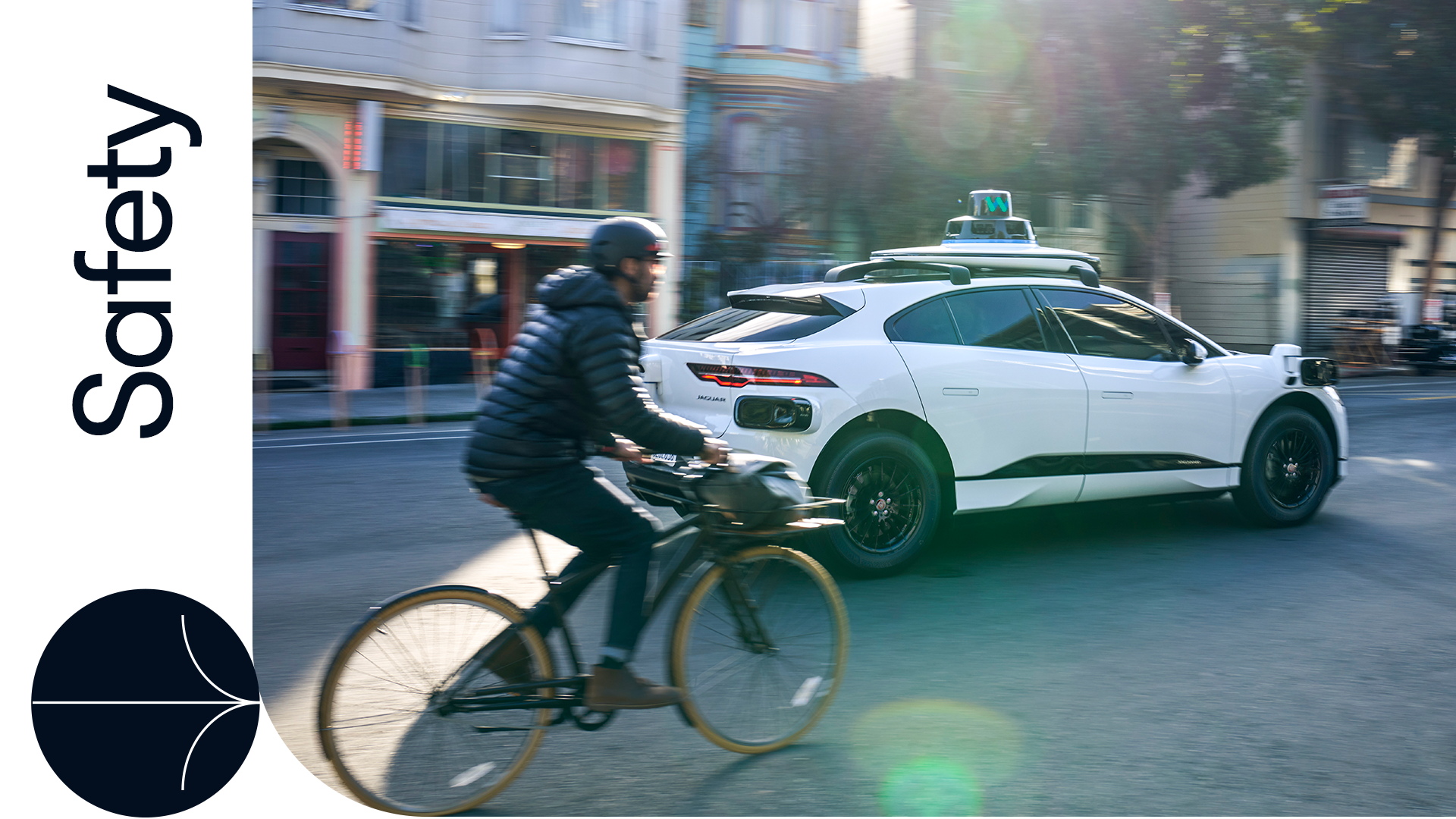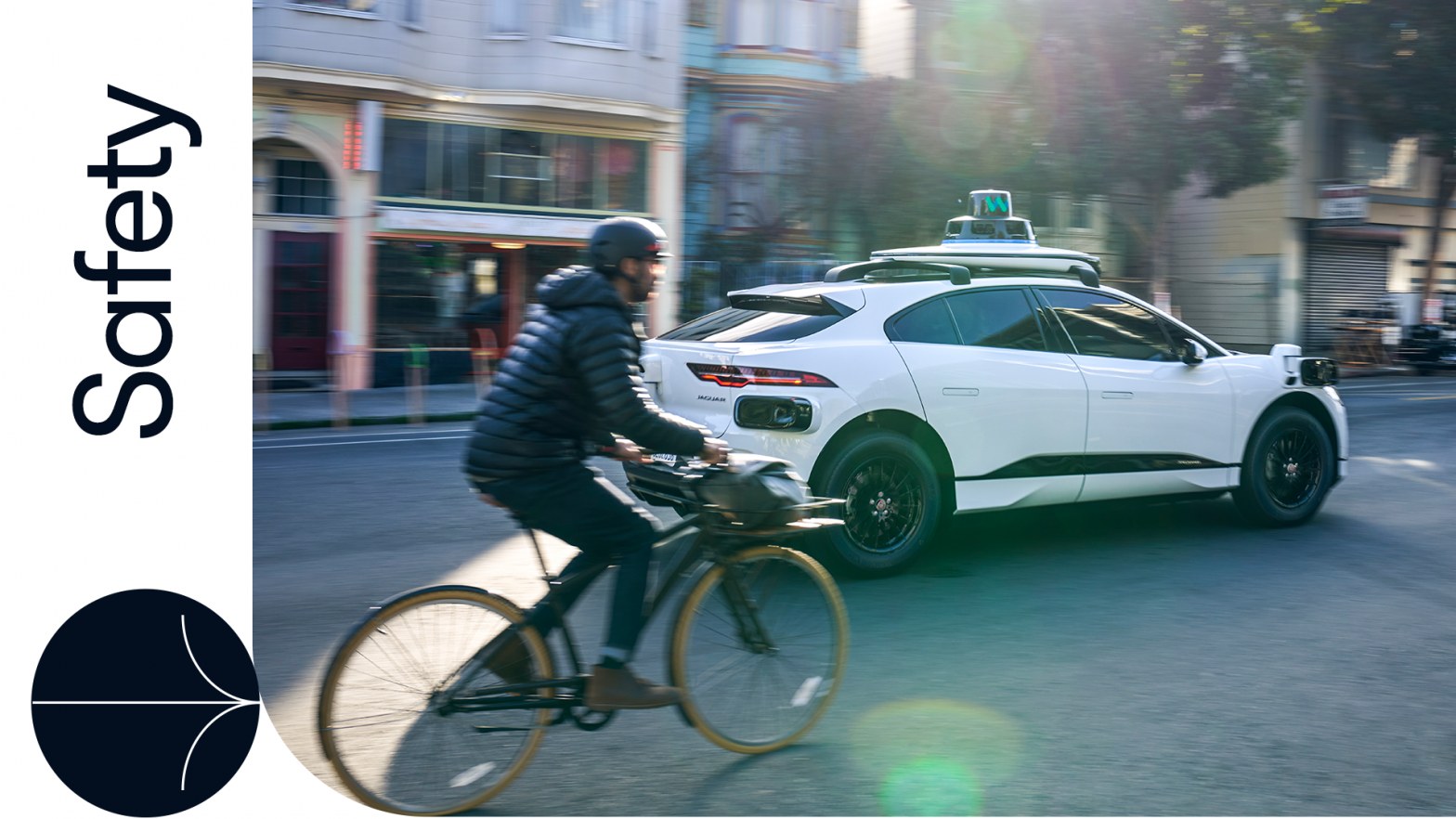 Excitement and caution often go hand-in-hand when a new, transformative technology is introduced. I’ve seen it many times in my career while working on innovative rocket launches, commercial space satellites, and now autonomous driving in my role as Chief Safety Officer at Waymo. Case in point, when it comes to Waymo’s autonomous vehicles, I hear two questions most frequently.
Excitement and caution often go hand-in-hand when a new, transformative technology is introduced. I’ve seen it many times in my career while working on innovative rocket launches, commercial space satellites, and now autonomous driving in my role as Chief Safety Officer at Waymo. Case in point, when it comes to Waymo’s autonomous vehicles, I hear two questions most frequently.
The most frequent question I get is: “when can I ride in a Waymo?” The answer is “now!” for anyone in the Metro Phoenix area and for thousands of our riders in San Francisco. I love this enthusiasm for our rapidly growing rider-only service, and I take immense pride in building an autonomous ride-hailing service that makes it safer and easier for people and things to get where they’re going.
The second question I often get pertains to the safety of Waymo’s technology. Answering this question is a bit more nuanced. There’s no single metric or methodology that on its own can positively prove that an autonomous driving system is safe. But when looking at all the data available to us, including the rigorous analyses we’ve published over the years, it’s clear that the Waymo Driver is already reducing traffic injuries and fatalities in the cities where we operate.
Waymo has previously published some of the data that we rely on to come to that conclusion, including peer-reviewed research that shows:
The Waymo Driver avoided high-severity collisions in our Arizona driving environment better than an always-attentive human driver. We also consistently outperform an attentive human driver in our comprehensive Collision Avoidance Testing program.
Within the first 1 million public road miles that we drove without a human behind the wheel, we had no reported injuries, no collisions with pedestrians or cyclists, and every vehicle-to-vehicle collision involved poor driving by a human.
The Waymo Driver would have completely avoided or mitigated 100% of actual fatal road crashes in Chandler, Arizona between 2008-2017 that we reconstructed through cutting-edge simulations, except for those where our vehicle would have unavoidably been struck from behind.
This data is further corroborated by the fact that our insurance claims frequency is much lower than that of human drivers. We plan to publish more details on that in the near future within our research partnership with Swiss Re.Collision avoidance testing performed on a closed test track
When we’re autonomously driving tens of millions of miles on public roads, and millions of miles with only riders in the car, it is important to be transparent about safety performance, and also about how we approach safety at Waymo. To push forward industry transparency and to advance the science of AV safety analysis, we have also published explanations of several internal methodologies that we use to holistically evaluate the safety of the Waymo Driver. These include Waymo’s safety readiness determinations, our safety case approach for determining the absence of unreasonable risk, and even a toolkit that any AV developer can use to examine the safety of their systems.Ultimately, safety is the reason why Waymo has taken on the challenge of autonomous driving. It’s embedded in the very core of our mission. Nearly 43,000 lives were lost on U.S. roads in 2022 alone, an incomprehensible number of family members, friends, and colleagues in every community in America. There is absolutely no reason to accept this human carnage as the status quo of our transportation network, which is why we strongly support Vision Zero. Human behavior–including intoxication, speeding, drowsiness, and inattentiveness–plays a critical role in the vast majority of these needless tragedies. Developing technology that minimizes the probability and severity of traffic crashes has been Waymo’s goal from the start. And I am very proud that the Waymo Driver — which doesn’t get distracted or drunk, and is designed to respect speed limits and the rules of the road — is already doing that today.Waymo yielding to a red-light runner in San Francisco
The U.S. Department of Transportation (USDOT) has called on stakeholders across the country to help advance its National Roadway Safety Strategy (NRSS) by taking action this year to reduce serious injuries and deaths on our roadways. Waymo is doing our part by continuing to expand public access to the Waymo Driver, and thus reduce injuries and fatalities on American roads. Autonomous driving technology is key to achieving a vision of zero traffic deaths and severe injuries as part of a Safe System Approach for roadway safety. As we expand our operations to more people and more places, we actively evaluate and reevaluate the Waymo Driver to ensure it continues to improve road safety. We’ll also continue to share information about our safety methodologies and performance along the way. My colleagues and I are excited about the safety benefits Waymo’s autonomous vehicles have brought to our roads, and we’re dedicated to ensuring our commitment to road safety and transparency is upheld at every step.
